Spots on oak tabletop
kedkeb
16 years ago
Related Stories
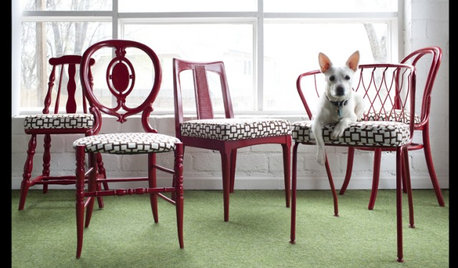
FURNITURECreative Collector: Spot a Vintage-Furniture Steal
Finding vintage furniture is easy, but is the price right? Get the best chairs, tables and more for your money with these guidelines
Full Story
LANDSCAPE DESIGNPretty Trees for Patios, Paths and Other Tight Spots
Choose trees for their size, shape and rate of growth — or shape them to fit your space. Here's how to get started
Full Story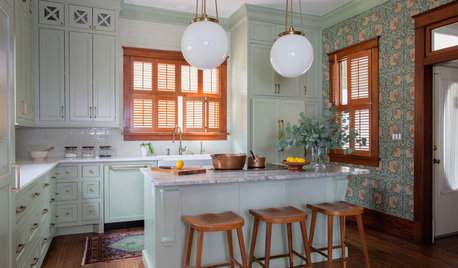
KITCHEN OF THE WEEKKitchen of the Week: Goodbye, Honey Oak — Hello, Minty Green
After more than 30 years, the Kloesels revamped their space to reflect their rural country town and Victorian-style home
Full Story
CALIFORNIA NATIVE PLANTSGreat Design Plant: Coast Live Oak
The stuff of legends and memories, this California tree is one to build a whole landscape around
Full Story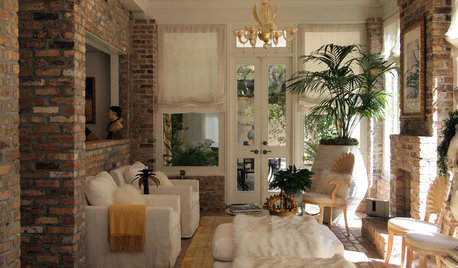
HOUZZ TOURSMy Houzz: Stately Southern Charm in a Federalist-Style Home
Moss-covered oak trees, European antiques and contemporary style set off this Louisiana home
Full Story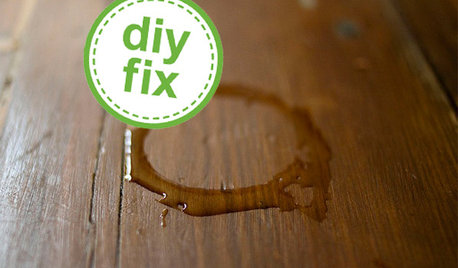
DECORATING GUIDESQuick Fix: Erase Water Rings from Furniture
A few household items can quickly rejuvenate tarnished wood tabletops
Full Story
DECORATING GUIDES12 Antique Store Finds to Nab Now, Place Later
See the accessories one decorator always buys when she spots them — as long as she gets there first
Full Story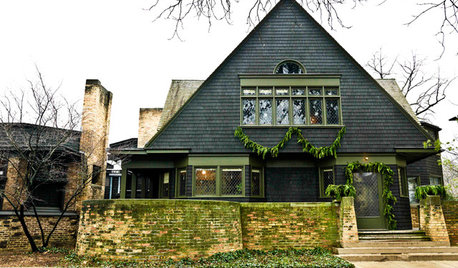
MOST POPULARExperience the Holidays at Frank Lloyd Wright's Home and Studio
Handmade decorations, greenery and gifts show how the famed architect and his family celebrated Christmas in their Oak Park home
Full Story
REMODELING GUIDESYour Floor: An Introduction to Solid-Plank Wood Floors
Get the Pros and Cons of Oak, Ash, Pine, Maple and Solid Bamboo
Full Story
KITCHEN DESIGNKitchen of the Week: Industrial Design’s Softer Side
Dark gray cabinets and stainless steel mix with warm oak accents in a bright, family-friendly London kitchen
Full Story







brickeyee
bobismyuncle
Related Professionals
Land O Lakes Cabinets & Cabinetry · Bellwood Cabinets & Cabinetry · Lebanon Carpenters · Chesapeake Flooring Contractors · Hammond Flooring Contractors · Lakeway Flooring Contractors · River Edge Flooring Contractors · St. Johns Flooring Contractors · Virginia Beach Flooring Contractors · Wausau Flooring Contractors · Greer Furniture & Accessories · Owensboro Furniture & Accessories · Portland Furniture & Accessories · St. Louis Furniture & Accessories · Rogers Furniture & AccessorieskedkebOriginal Author